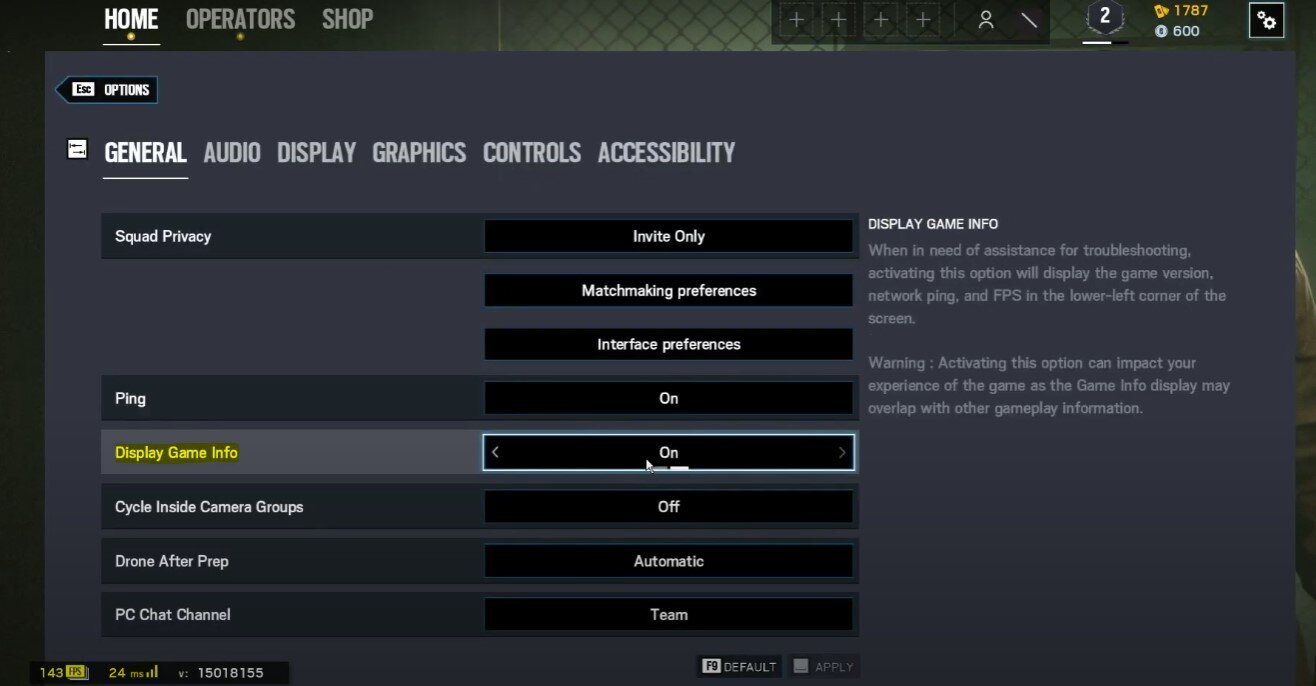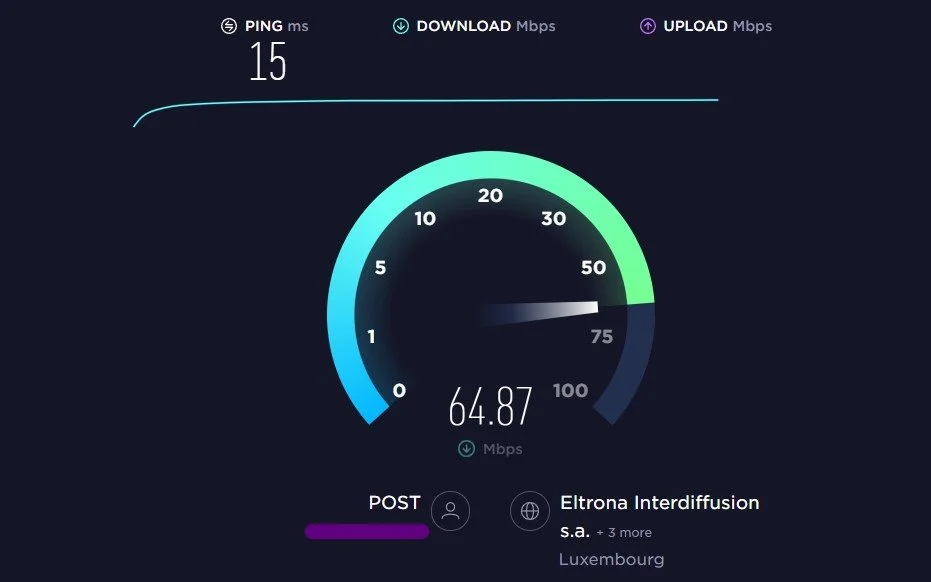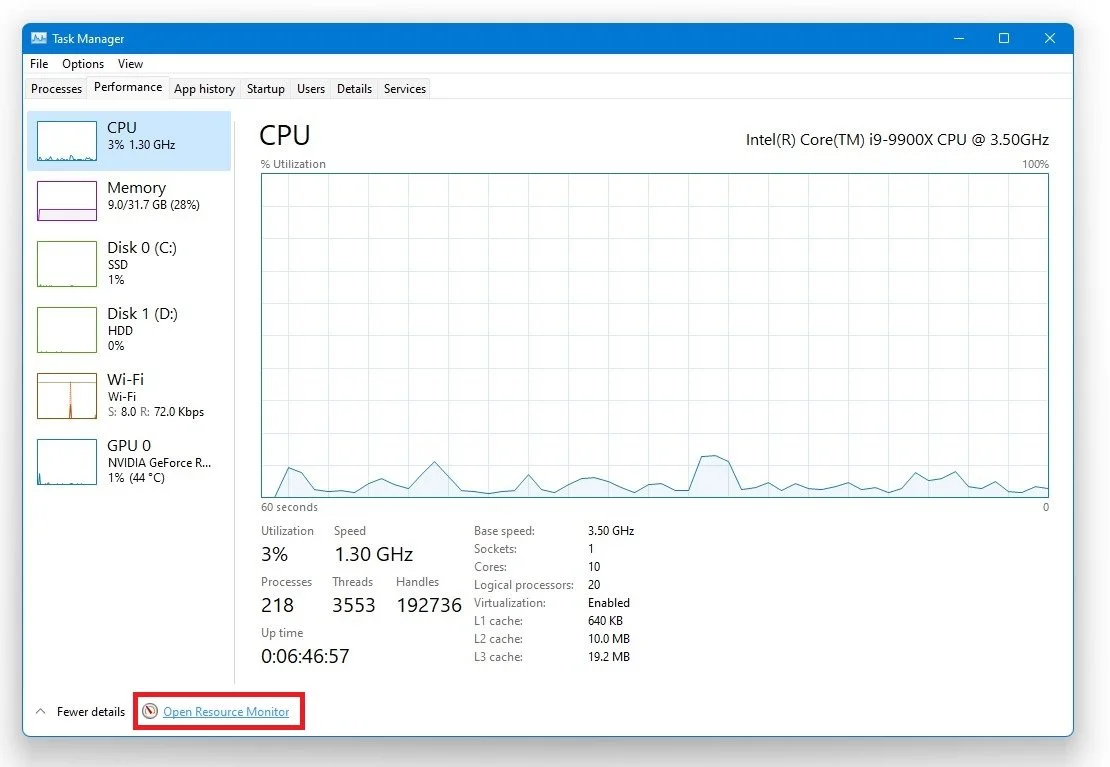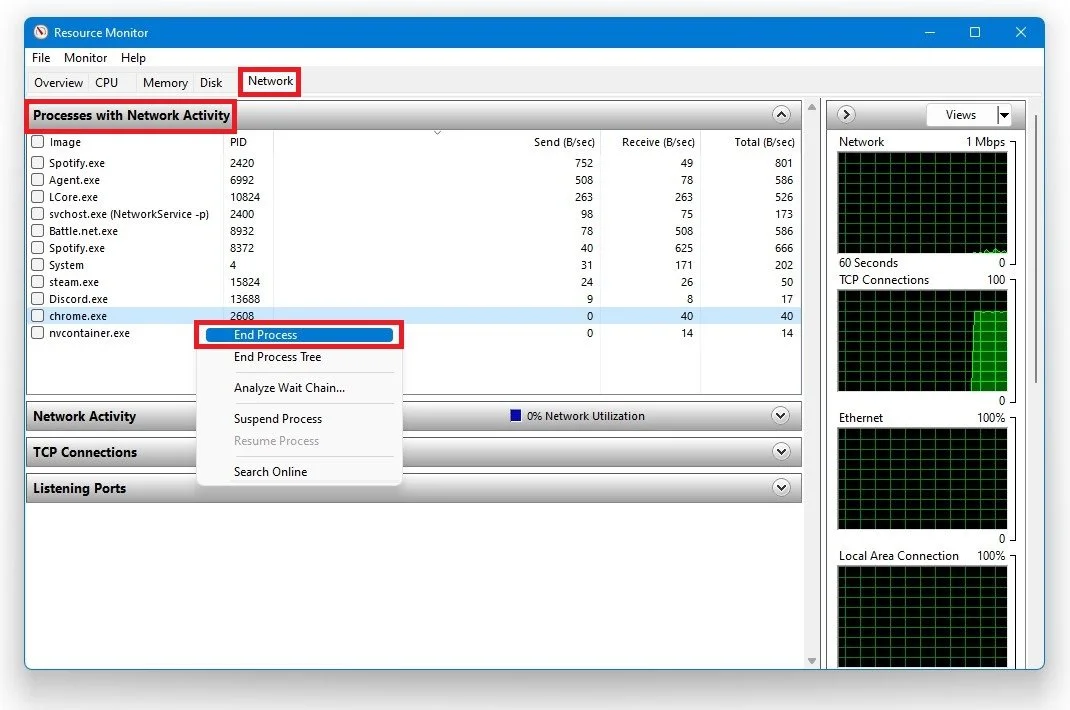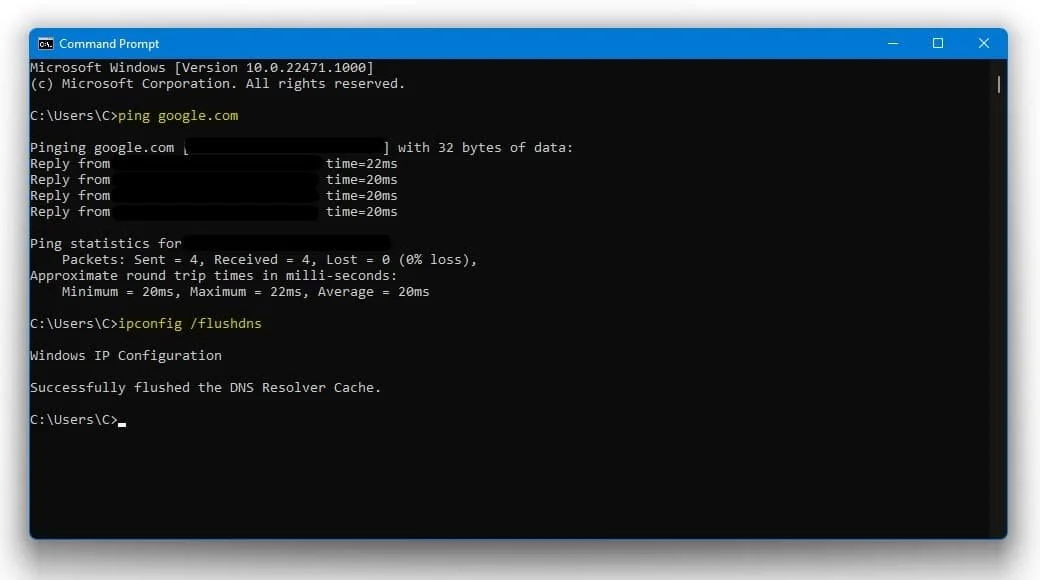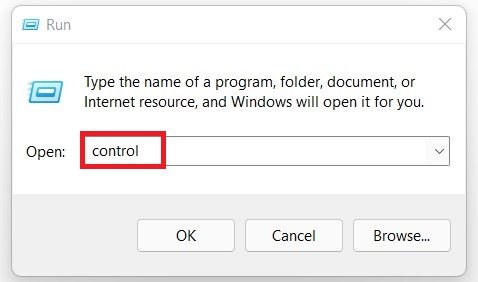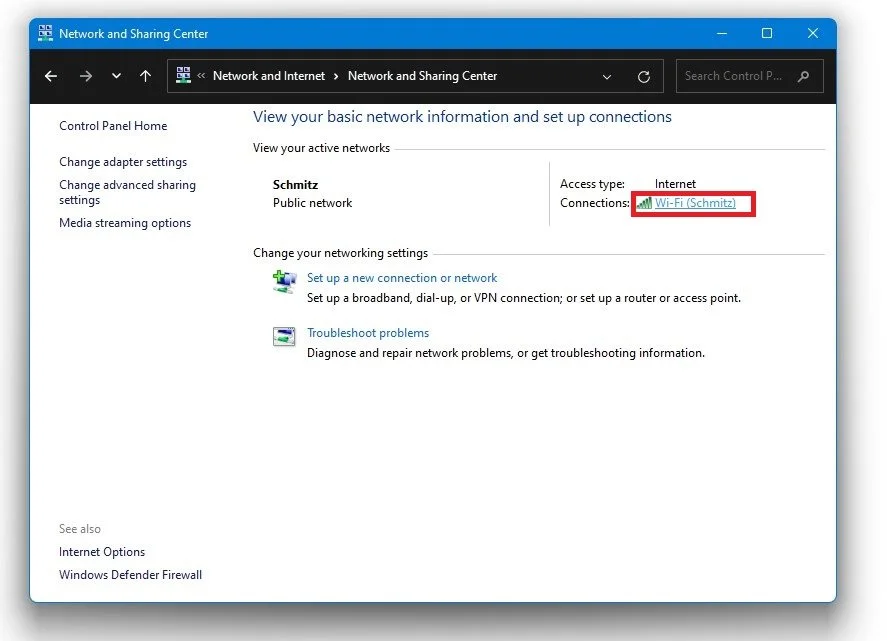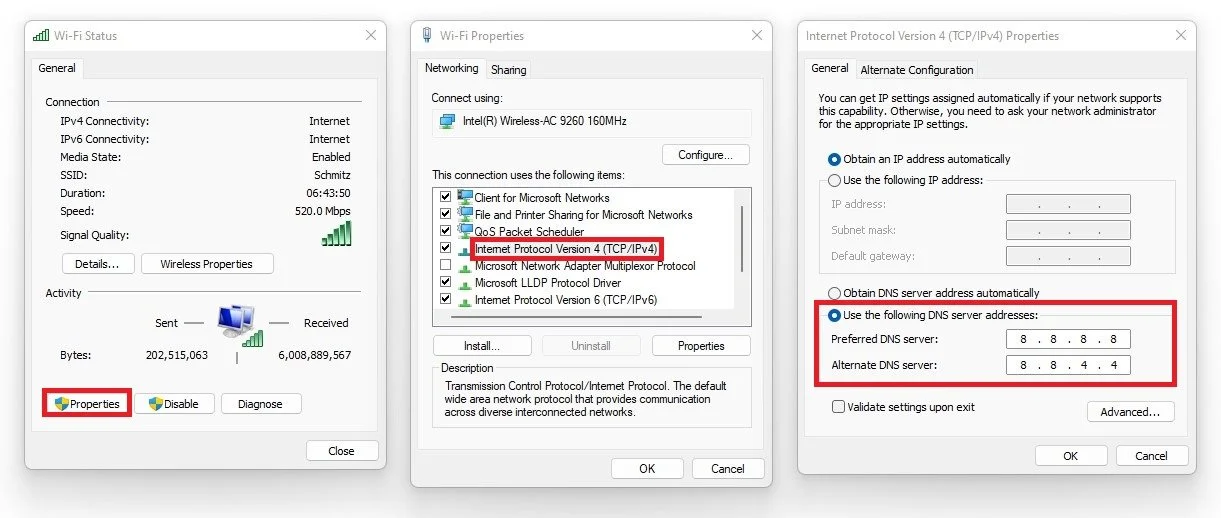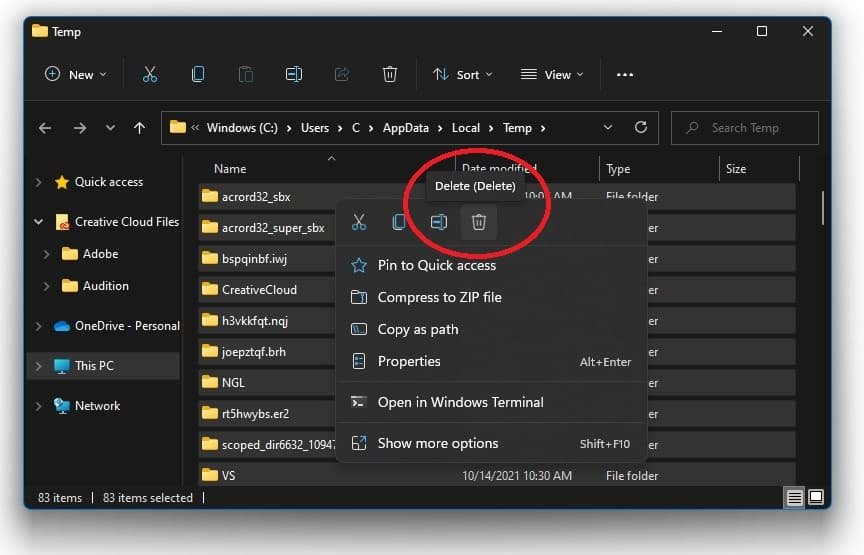Rainbow Six Siege - How To Fix Network Lag, High Ping & Packet Loss
Rainbow Six Siege has been a popular multiplayer game for years, but players have been reporting network lag, high ping, and packet loss issues affecting their gameplay experience. These issues can be frustrating and can significantly impact the game's outcome. Fortunately, several ways exist to fix these problems and improve your gameplay. This article will discuss some of the most effective solutions to network lag, high ping, and packet loss issues in Rainbow Six Siege. Whether you're a beginner or an experienced player, this article will provide you with the necessary tools to optimize your gameplay and reduce these frustrating issues.
Show Network-Related Info
Open up Rainbow Six Siege and navigate to your General Settings. Enable the Display Game Info option, which will show your current framerate, latency, and game version in the lower-left corner of your screen. This will help you determine if your network problems are server sided or caused by your connection.
Rainbow Six Siege > Settings > General
Verify the Rainbow Six Siege Service Status
In case you experience high server-sided latency, then the issue might not be on your end, but rather related to the server you are playing on. Ensure the servers are working fine by visiting this page. You can view the server status for each platform.
Test & Improve your Internet Connection
Click here to test your connection. Using Speed-Test services to preview the approximate up- & download speed of your connection and the latency to their server can help a lot in figuring out if network-related issues are caused by your connection or by the server you’re trying to connect to. On www.speedtest.net, ensure your latency (ping) averages below 100 ms. A connection with a high latency will induce packet loss to the server and create lag and rubber banding while in-game. Use an ethernet cable to connect to your PC to improve your network connection. In case you are forced to use a wireless connection, then make sure to restart your router (or modem) if you haven’t done this in a while and reduce the number of devices connected to the same network.
Test your average up- & download speed
End Network-Intensive Processes
Access your Resource Monitor by opening up your Task Manager. Right-click your taskbar to open up your Task Manager. Under Performance, select Open Resource Monitor. On the new resource monitor window, open the Network tab, where you must open the Processes with network activity.
Task Manager > Performance > Resource Monitor
After a few seconds, you will see every process using your network connection on your system. This might be your browser running in the background, Steam, or a download bottlenecking your connection. We suggest you only end the processes you know won't break your operating system. In the tab below, you can preview your network utilization in percentage.
Resource Monitor > Network > Processes with Network Activity
Command Prompt
Open up your command prompt by searching for CMD in your taskbar search. The next two commands will help you test and improve your latency and packet loss in case your connection is inducing any.
ping google.com
This command will simply check your latency and packet loss to Google’s servers. You can also ping another server, but the ping google.com command has become somewhat of a benchmark in recent years.
ipconfig /flushdns
This command will reset your network connection by flushing its DNS resolver cache. This command will help improve your latency issues.
Windows Command Prompt
Change DNS Server Address
Your DNS server address connection can cause network-related issues. We will change this step, as it should help many users with network problems. Use the shortcut Windows Key + R, and in the dialogue box enter Control and hit enter.
Run > Control
This will open up your control center. From there, navigate to Network & Internet > Network & Sharing Center, and select your connection.
Network and Internet > Network and Sharing Centre
Navigate to Properties, and lastly, double-click the Internet Protocol Version 4, as you can preview on the screenshot below. Select to Use the following DNS server addresses option, and as your preferred DNS server, use: 8.8.8.8. As your alternate DNS server, use: 8.8.4.4.
Use the following DNS server addresses
More Steps to Fix Network Lag in Rainbow Six Siege
Malware & Other Applications
We suggest removing malware and preventing applications from running that could use up your available resources or change your game files.
Control Panel > Programs > Uninstall a Program
Verify Connection to ISP
In case you still experience latency or lag issues, then make sure to verify your connection to your Internet Service Provider. You can troubleshoot this step by changing your connection to your hotspot, for example.
Delete Temporary Files
If you have issues loading maps or downloading other content, then make sure to delete your temporary files. Search for %temp% in your taskbar search to open up your temporary files folder. You can safely delete everything in the folder, some files might remain so just leave them there. This can help you reduce some clutter on your hard-drive.
Delete the content of your %temp% folder



